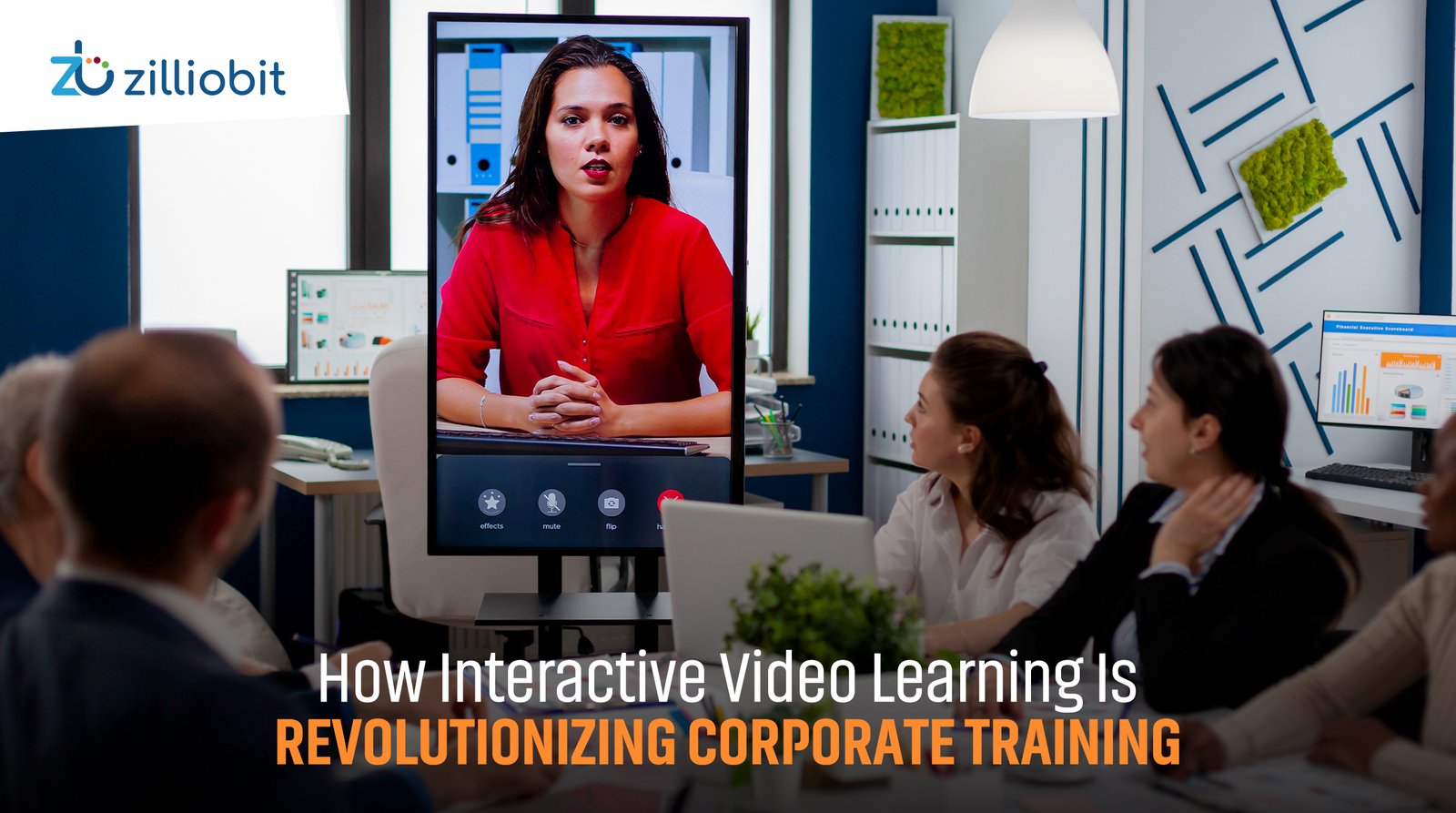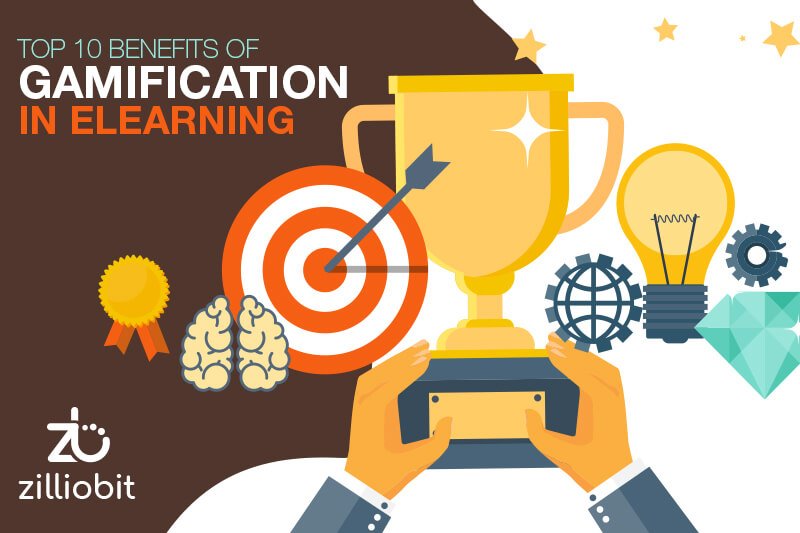Rapid eLearning

Overview
In today’s fast-paced world, time and budget constraints can pose significant challenges to organizations seeking to provide effective training to their employees. Enter rapid eLearning – a game-changing solution that can help you create engaging and interactive courses in record time, even with a small team and limited resources. With the right tools and technologies at your disposal, you can quickly convert your existing ILT programs, translate content into multiple languages, and convert legacy courses. But what exactly is rapid eLearning, and how can it benefit your organization? Read on to find out.What is Rapid eLearning?
Rapid eLearning is the process of creating online learning content quickly and efficiently, using tools and techniques that simplify the process. Unlike traditional eLearning, which can take months to create, Rapid eLearning allows you to develop courses in a matter of days or weeks. Rapid eLearning can be used to create a variety of online learning materials, including interactive quizzes, multimedia presentations, and video lectures.Rapid eLearning development process
Rapid eLearning development is a modern approach that enables creators to develop and deliver high-quality online learning content in a matter of days or weeks, rather than months or years. This process utilizes tools such as PowerPoint, video editing software, and authoring tools to create interactive and engaging content that meets the learning objectives and keeps learners interested. The courses are then delivered through an online platform, making it easily accessible to the target audience.This method of eLearning development is ideal for organizations looking to deliver cost-effective and efficient training to their employees or clients. The streamlined process reduces the time and costs associated with traditional course development, allowing organizations to quickly adapt to changing needs and market demands. With rapid eLearning development, creators can easily update and maintain the course content, ensuring that it remains relevant and effective over time.
In what ways can learners benefit from rapid eLearning?
Recently, the term “rapid eLearning” has expanded beyond its original definition of designing online courses, to also include a learning method. A course that can be completed in a shorter time than usual for a particular subject may be considered a “rapid eLearning course.” Sometimes, the term “micro-learning” is used interchangeably with “rapid eLearning.”Rapid eLearning can be advantageous for students as it breaks down learning into smaller units, allowing them to quickly absorb information while on-the-go or at work. This enables them to obtain the necessary knowledge to solve problems and further their education. For a successful rapid eLearning course, it is crucial to engage the user since students must learn in a short period. Engaging the user can enhance knowledge absorption and ensure maximum learning experience.
Top Strategies for Effective Rapid eLearning
Rapid eLearning doesn’t imply that content development is done hastily, resulting in poor quality content design and delivery lacking polish and professionalism. Rapid eLearning aims to create a more engaging training experience while still prioritizing quality. It’s crucial to remember that you’re working with a full-fledged eLearning course, not just a digital repository.So, how can you ensure that your lower-cost, faster training is also high-quality? Here are some key tips and tricks to keep in mind:
-
To start off with, it’s crucial to ask pertinent questions such as
What are the necessary skills that learners should acquire upon completing the course?
How much time is allotted for learners to master these skills?
Where can pre-existing information be obtained (from managers, shared folders, archives, etc.)? -
Choosing the right tools
Familiarize yourself with your authoring tools and LMS and understand their interaction. In some cases, an LMS may have features that can replace the need for an authoring tool, particularly for simple designs. However, for more complex designs, you may need to create a full storyboard, including graphics and interactive components.
Decide on the level of interactivity you want to include in your rapid eLearning course early on, so you can select the most suitable tools for your needs. -
Engaging content
Create an engaging learning experience by designing a logical progression from simpler to more complex learning outcomes. Carefully examine existing resources to ensure that they are logically connected and not disjointed. To promote interaction, include built-in buttons, discussion forums, and other features in your rapid eLearning course. Encourage learners to respond to information and scenarios, promote problem-solving, and leverage communication and social learning features to facilitate peer-to-peer learning. -
Utilize Core Content and Templates
Incorporating best practices and templates into your rapid eLearning development process can provide significant benefits. While it may require an initial investment, it pays off quickly. Video is a rapidly growing mode of online content delivery that can be created easily with rapid eLearning tools and used repeatedly without extensive team efforts.
However, don’t reuse existing content just because it’s available. Use what works but remember that you can add more value by adapting content using your instructional design knowledge and the best practices of digital delivery. -
Avoiding mistakes
One advantage of rapid eLearning development is the ability to quickly prototype and receive feedback. It’s important to expect flaws in your first attempt and be prepared to identify and correct them. To get early feedback, consider having an honest colleague test the course, especially its unique components. Remember that swift action can lead to quicker success.
How Zilliobit can help your organization with Rapid content development?
Zilliobit understands the importance of Rapid eLearning and offers expertise to help organizations achieve their training goals. With an extensive library of templates and tools that can be customized, experienced designers and developers can create high-quality eLearning content quickly. The training material is tailored and personalized based on clients’ needs to ensure it’s effective and relevant.In addition to extensive experience with Articulate Storyline, Adobe Captivate, and Lectora, Zilliobit offers its own authoring tool, Zelto. This tool makes it easier and faster to develop high-quality eLearning courses, allowing organizations to create and deliver training content quickly and efficiently. With the use of authoring tools in Rapid eLearning development, development time and costs can be reduced, while ensuring the training material’s high quality.
To achieve Rapid eLearning goals, Zilliobit offers a complete range of solutions, from tools and templates to the use of authoring tools and our very own Zelto authoring tool.
Would you like to learn more about how we can help you achieve your Rapid eLearning goals?
Let’s Talk


